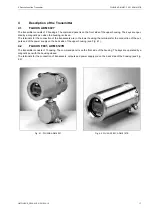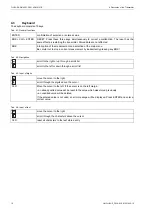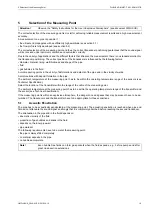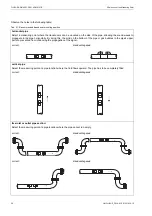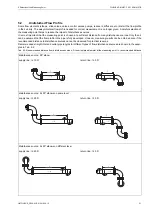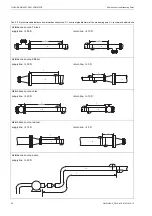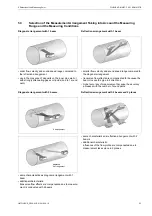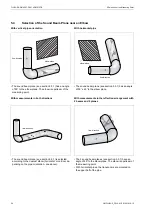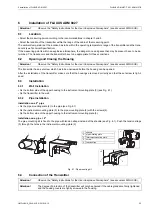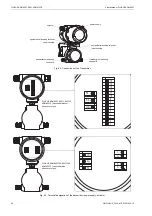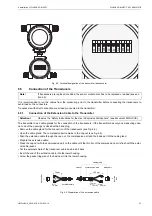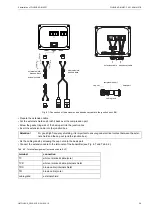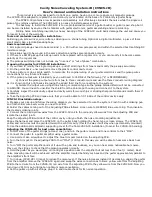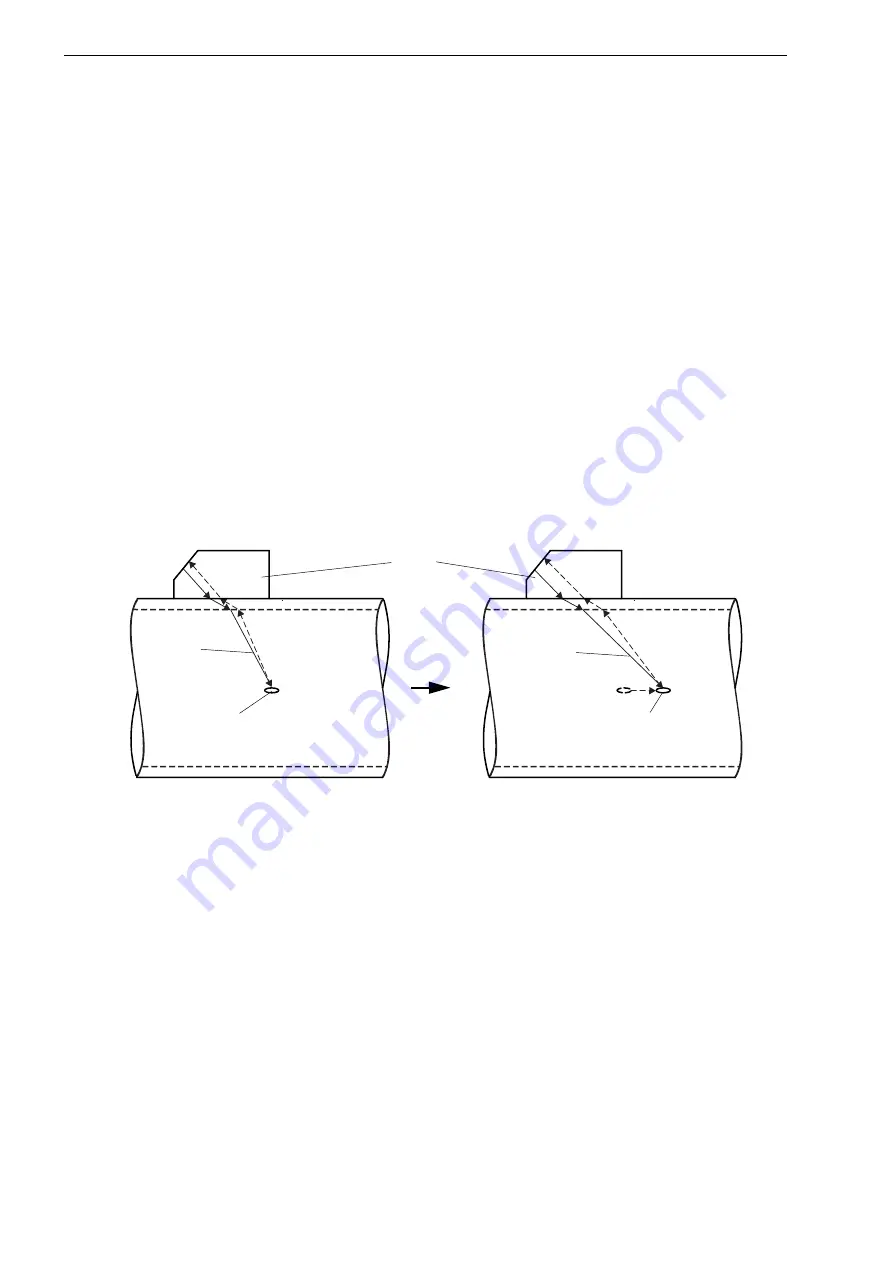
FLUXUS ADM 8027, F801, ADM 8127B
3 General Principles
14
UMFLUXUS_F8V4-6-1EN, 2018-10-10
3.2.3
Measurement of the Flow Velocity in the NoiseTrek Mode
When fluids with a high proportion of gas bubbles or solid particles are measured, the attenuation of the ultrasonic signal
increases and can inhibit the propagation of the signal in the fluid. A measurement in the TransitTime mode is not possible
anymore.
The NoiseTrek mode uses the presence of gas bubbles and solid particles in the fluid. The measurement setup used in
the TransitTime mode does not need to be changed. Ultrasonic signals are sent into the fluid at short intervals, reflected
by the gas bubbles or the solids particles and again received by the transducer. The transit time difference between two
consecutive measuring signals that are reflected by the same particle is determined. The transit time difference is propor-
tional to the distance covered by the particle in the time between the two measuring signals and therefore to the velocity at
which the particle moves through the pipe (see Fig. 3.5).
The average value of all measured velocities of gas bubbles and/or particles corresponds to the flow velocity of the fluid:
V = k
Re
. k
a
.
with
Depending on the signal attenuation, the error of measurement in the NoiseTrek mode can be greater than in the TransitTime
mode.
3.2.4
HybridTrek Mode
The HybridTrek mode combines the TransitTime mode and the NoiseTrek mode. During a measurement in the HybridTrek
mode, the transmitter automatically toggles between the TransitTime mode and the NoiseTrek mode depending on the gaseous
or solid content.
v
– average flow velocity of the fluid
k
Re
– fluid mechanics correction factor
k
a
– acoustic calibration factor
∆
t
– transit time difference of the measuring signals
t
s
– time interval between the measuring signals
Fig. 3.5: Measurement of the flow velocity in the NoiseTrek mode
t
2 t
S
------------
gas bubble or
solids particle at t
gas bubble or
solids particle at t+t
s
transducer
signal 1
direction of flow
of fluid
signal 2

















